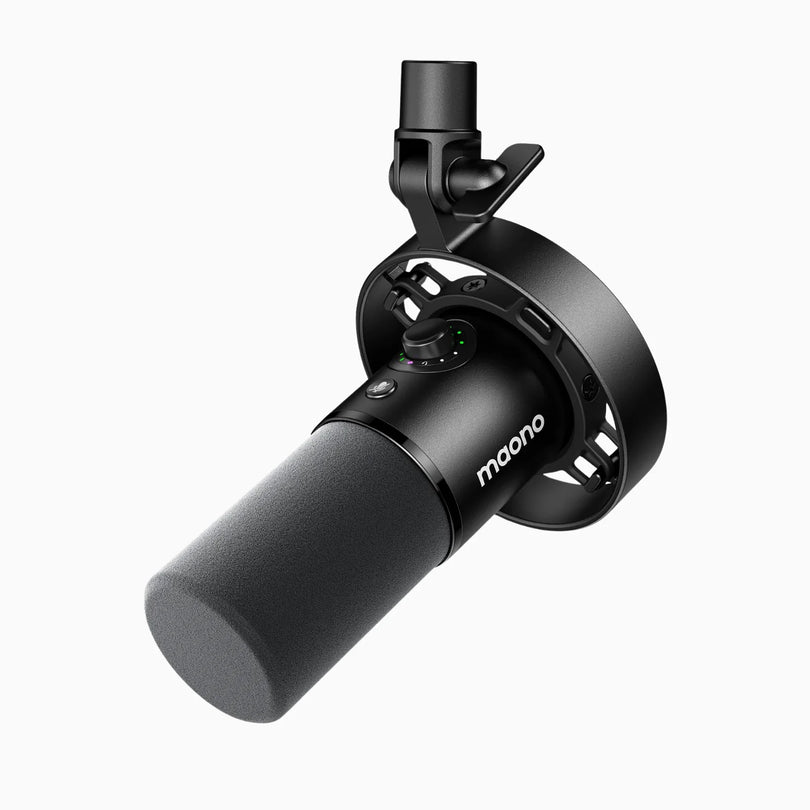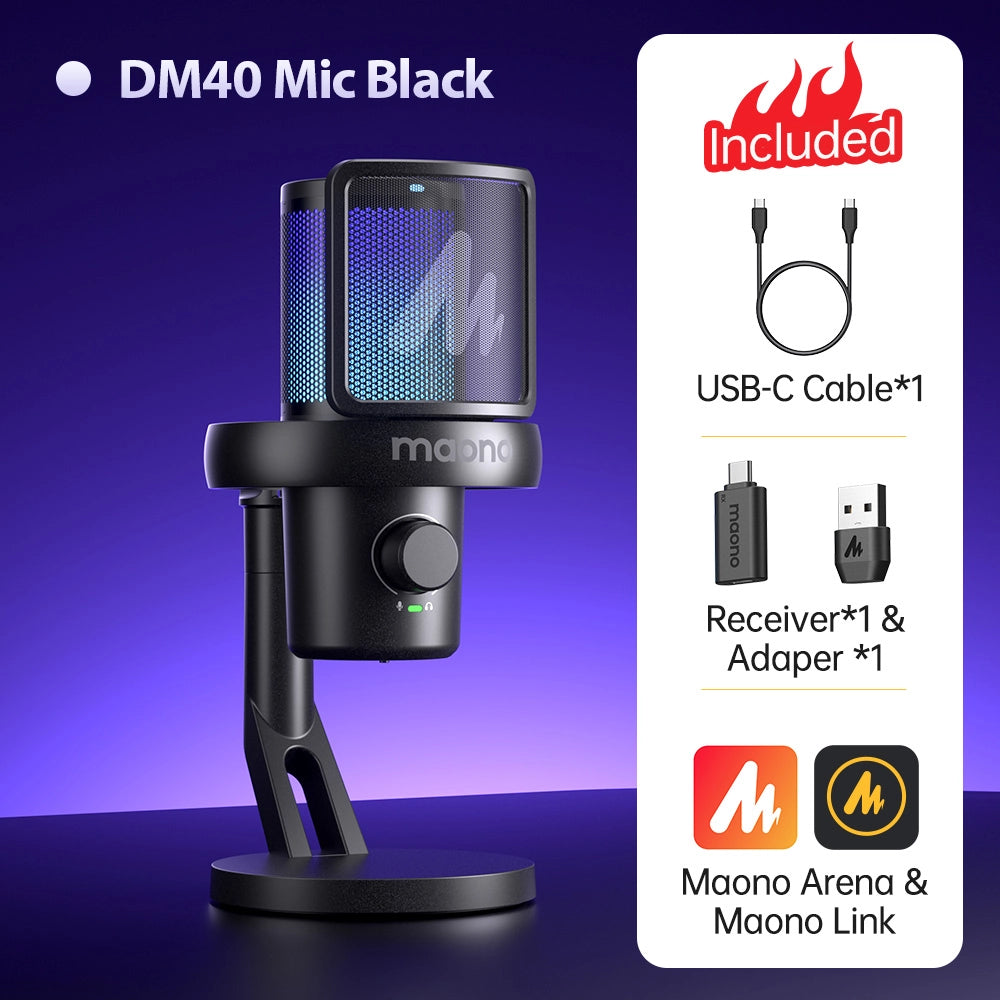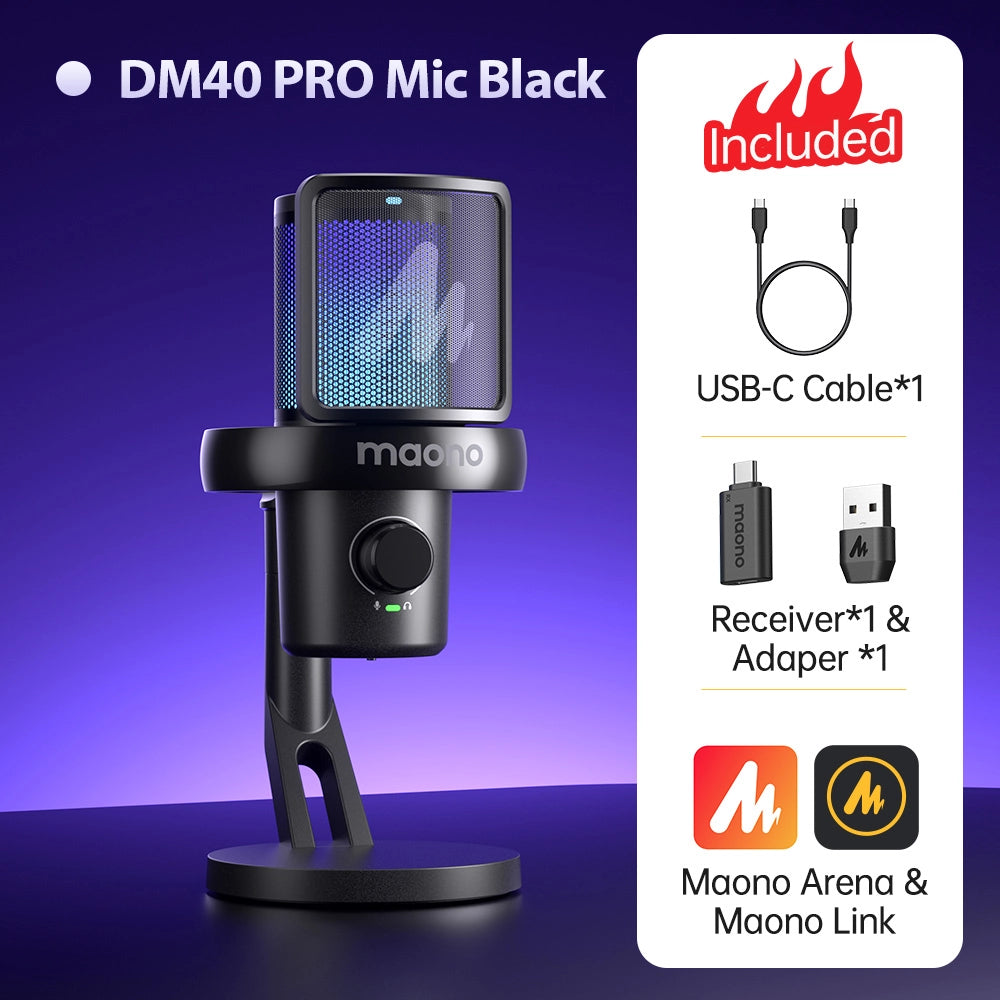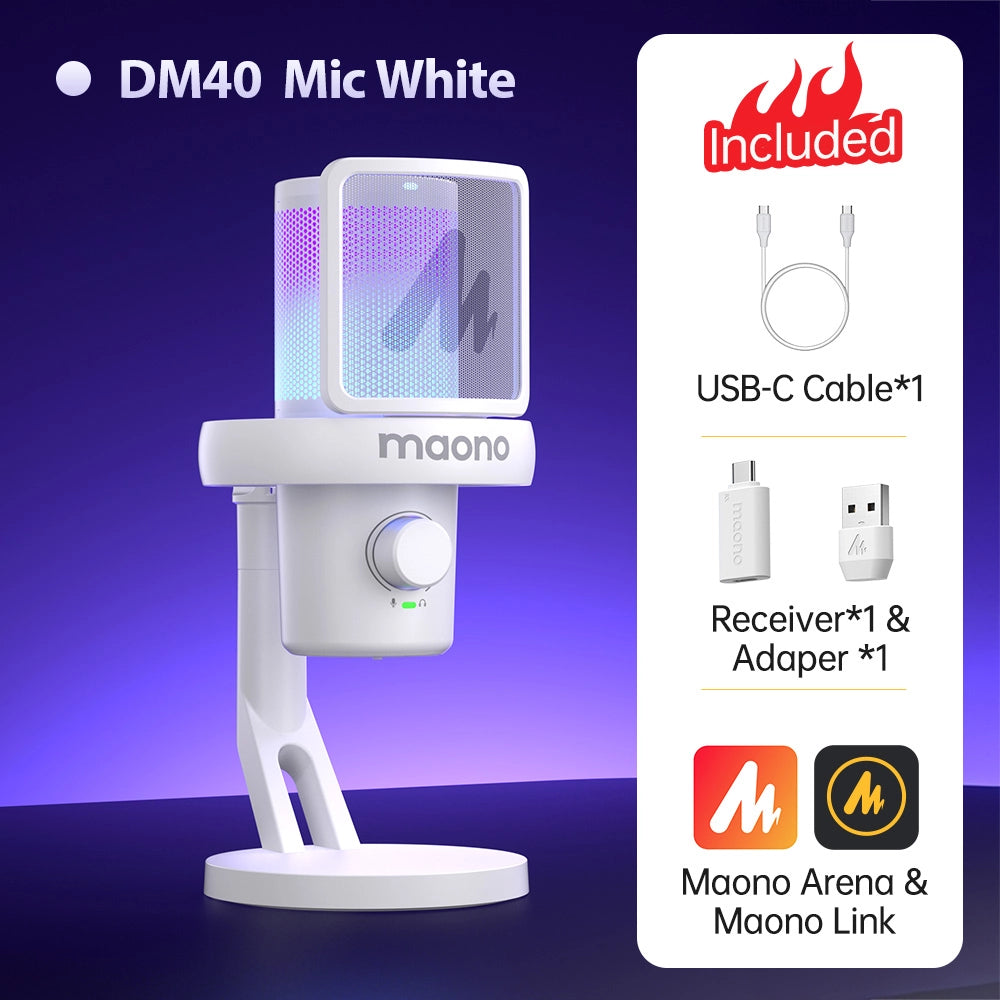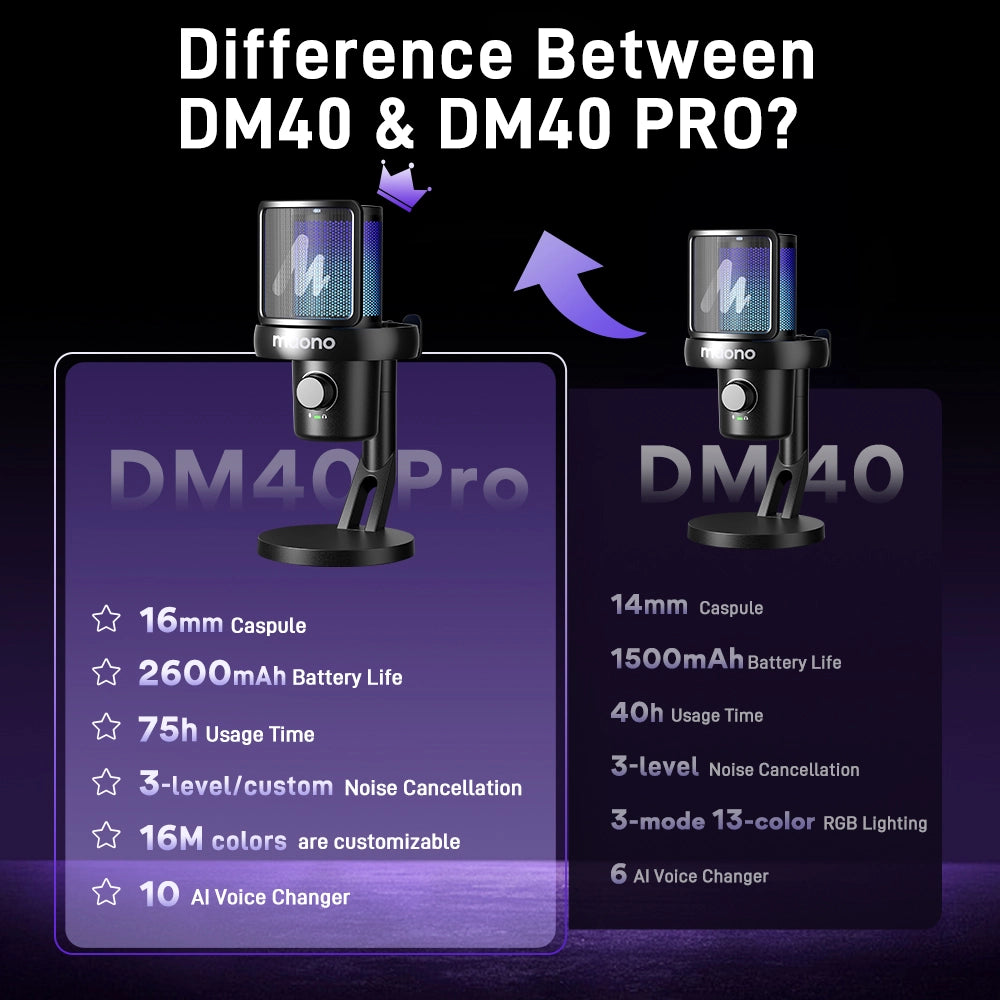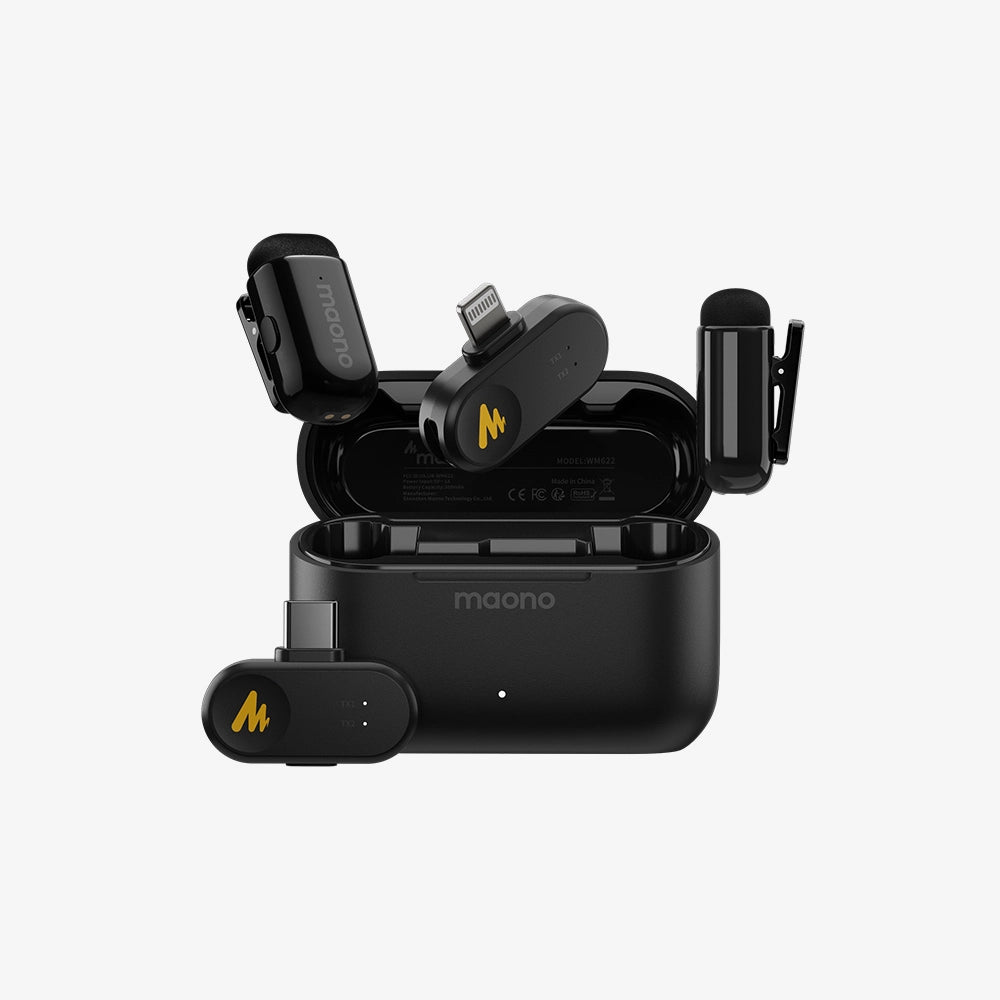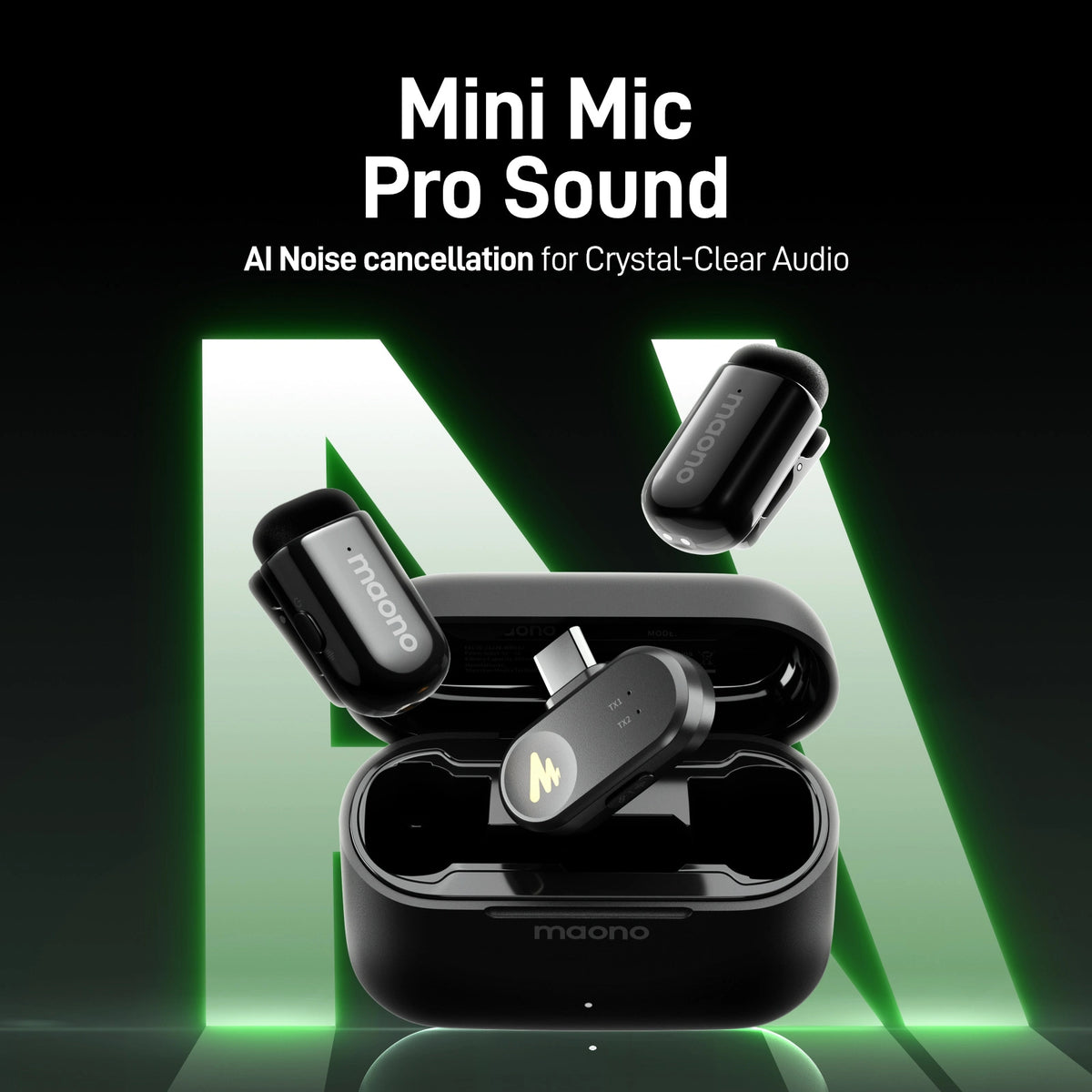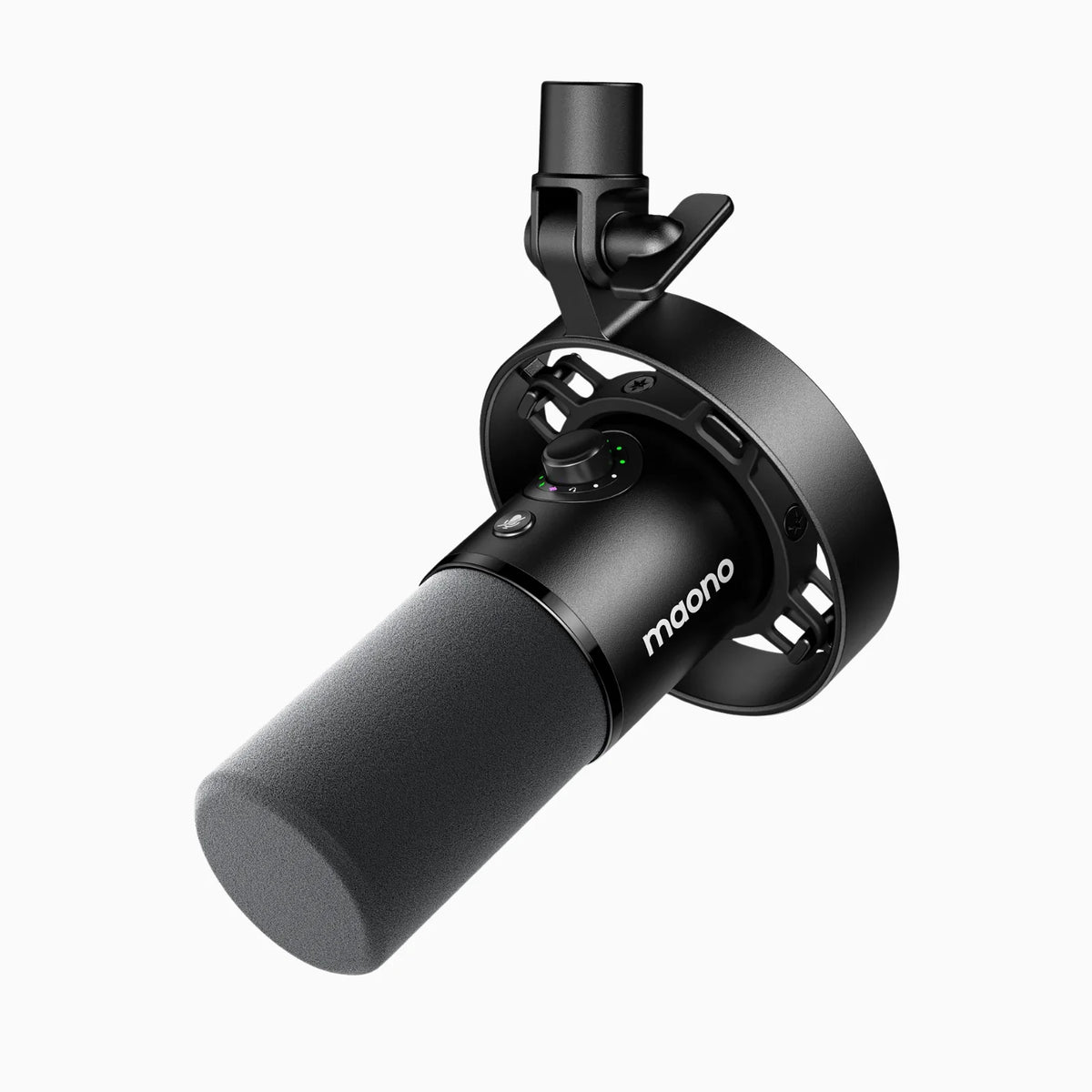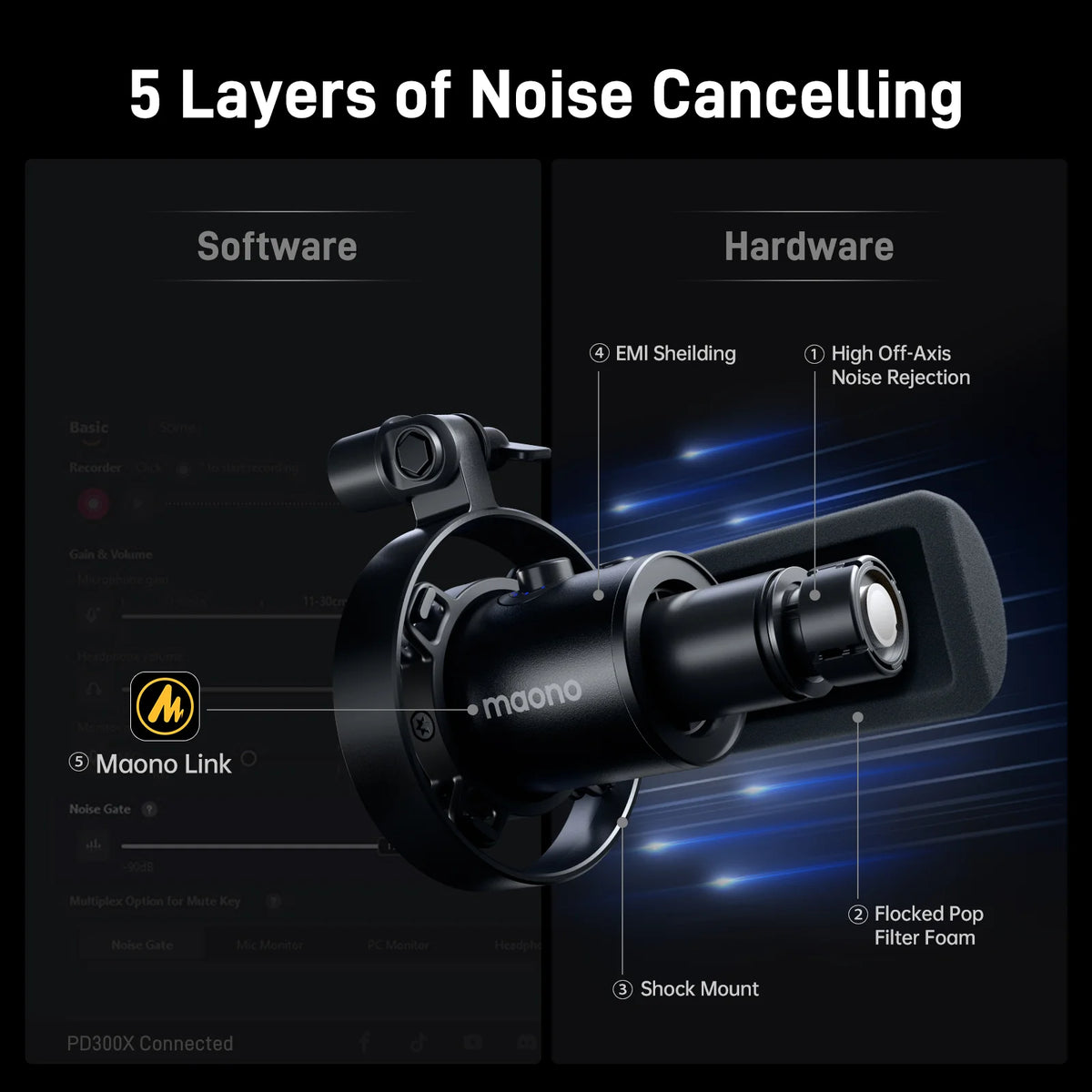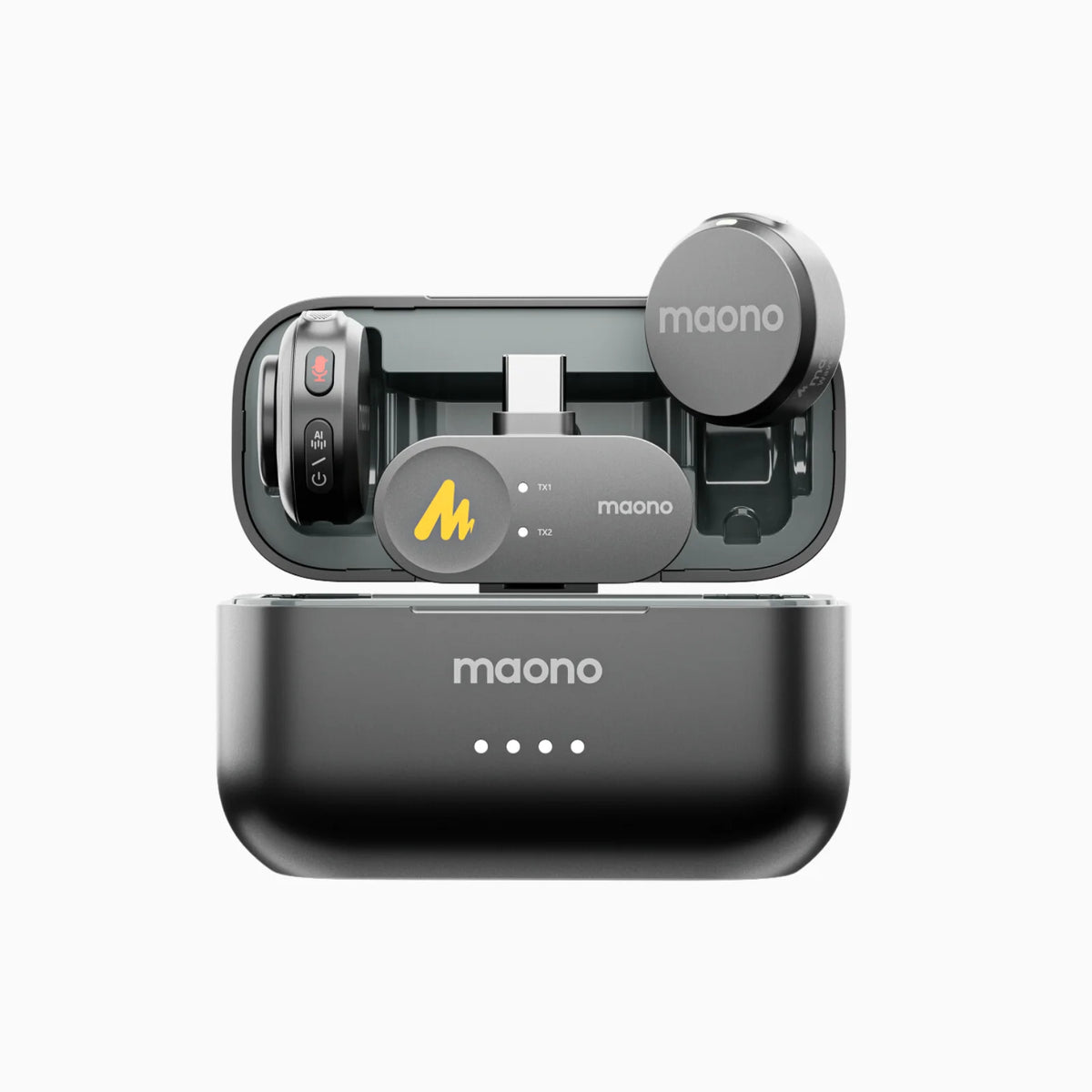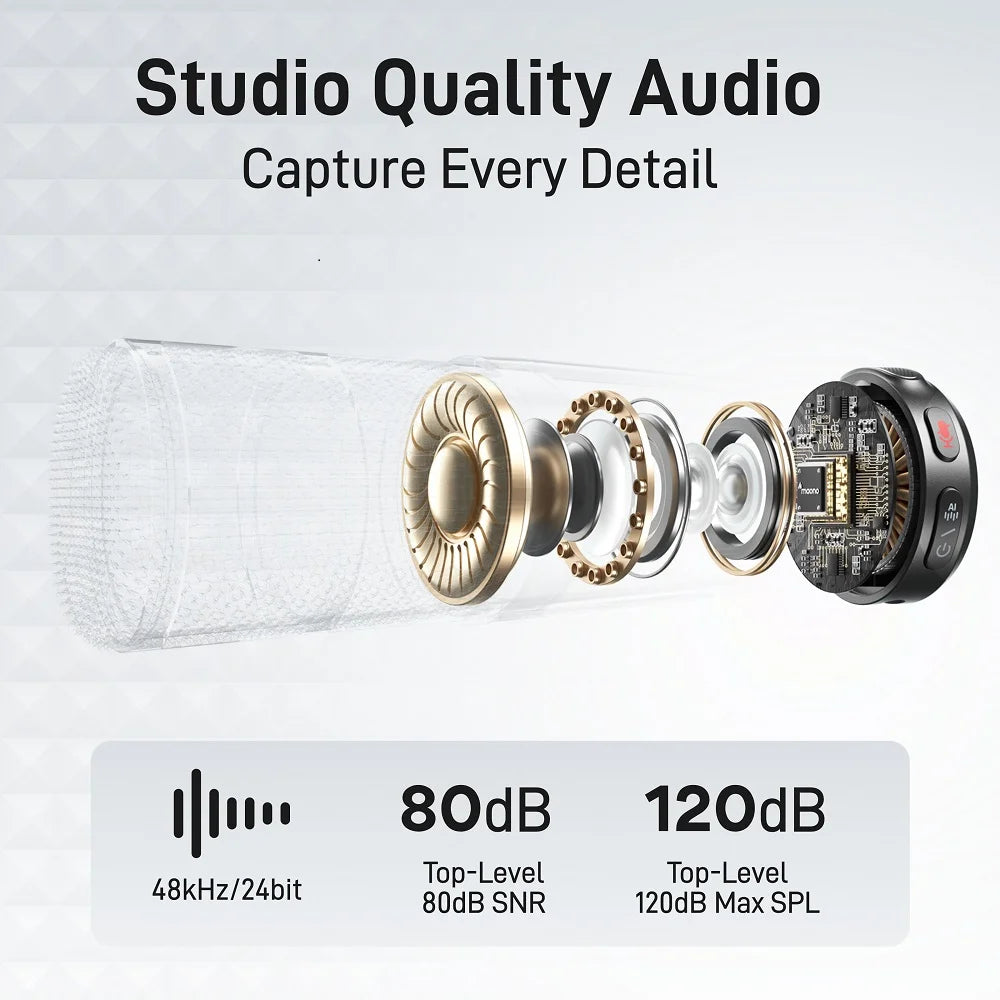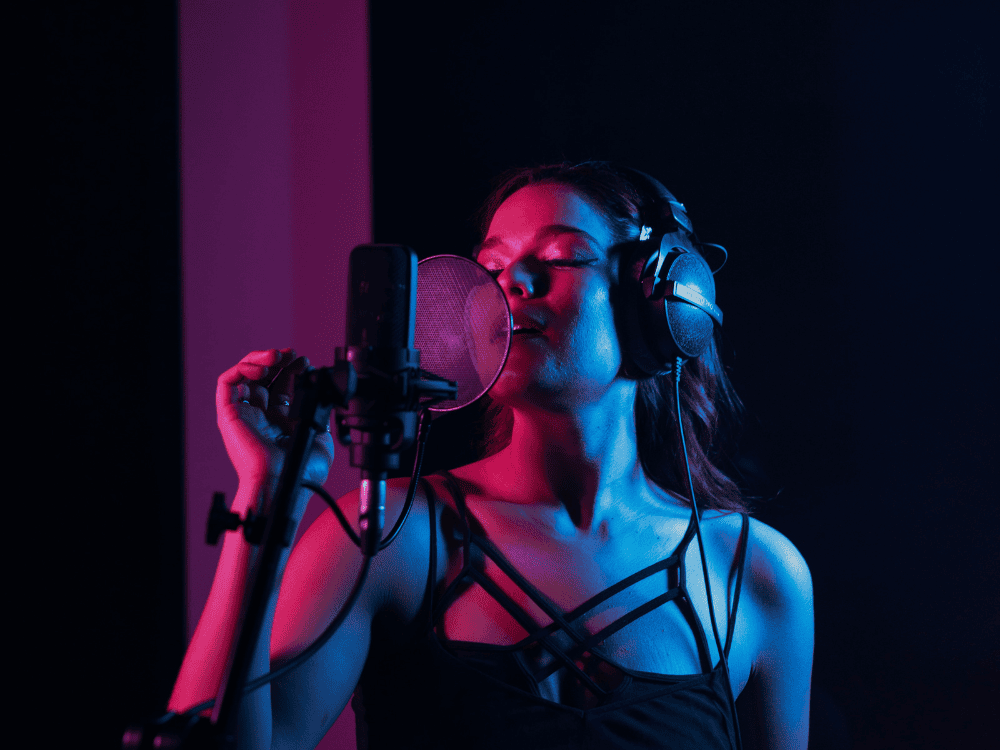In music production, the right microphone can make all the difference. Singers, in particular, need a microphone that can capture the accuracy and detail of their voice, ensuring clarity and richness. USB microphones have become popular for singers due to their ease of use and high-quality sound.
When choosing a USB microphone for singers, it's essential to consider factors such as sound quality, ease of use, and specific needs for recording vocals. The convenience of USB microphones makes them a top choice for beginners and experienced vocalists, allowing for seamless integration with home studio setups and professional recording environments. This guide will help you navigate through the selection process and provide tips on getting the most out of your USB microphone. Also, it’s designed for singers at all levels, from beginners to professionals. Whether you're recording at home or in a professional studio, the tips and recommendations provided will help you achieve high-quality vocal recordings.
Choosing the best USB Microphone for Singing
Choosing the right USB microphone involves considering several factors, including sound quality, ease of use, and specific needs for recording vocals. Here, we'll explore some top choices for singers:
1. NT-USB+
The NT-USB+ is a versatile microphone that offers excellent sound quality. It features a cardioid polar pattern, which helps isolate the voice from background noise, making it ideal for vocal recordings. With a frequency response of 20Hz to 20kHz, it captures a wide range of vocal nuances.
2. NT-USB Mini
The NT-USB Mini is a compact and portable option that doesn't compromise on sound quality. Its simple plug-and-play functionality makes it perfect for singers who need a reliable microphone on the go. Despite its small size, it offers a flat frequency response, ensuring accurate voice reproduction.
3. Rode Podcaster
The Rode Podcaster is designed for podcasting but is also an excellent choice for singers. Its dynamic capsule captures rich, full-bodied vocal tones, and its cardioid polar pattern minimizes background noise. The built-in pop filter reduces plosive sounds, making it a great option for vocal recordings.
4. VideoMic NTG
The VideoMic NTG is a versatile shotgun microphone that can be used for both vocals and instruments. Its supercardioid polar pattern provides excellent directionality, and its flat frequency response ensures accurate sound reproduction. It's a great choice for singers who need a multi-purpose microphone.
5. VideoMic GO II
The VideoMic GO II is a lightweight and compact option that's easy to use. It offers a directional polar pattern, making it suitable for vocal recordings in noisy environments. Its plug-and-play functionality makes it a convenient choice for singers who need a simple, reliable microphone.
6. Maono AU-A04 USB
With a frequency response of 30 Hz to 16 kHz, the Maono AU-A04 is a USB condenser microphone that guarantees clear capture of a wide range of vocal characteristics. It has a cardioid polar pattern, which reduces background noise from the sides and back while maximizing sound from the front. This Maono usb microphone is a straightforward plug-and-play alternative that connects directly to your computer via USB. Strong metal construction and a good signal-to-noise ratio (SNR) are noteworthy qualities. Because it can record crisp, detailed sound and is affordable enough for both novices and home studio enthusiasts, the AU-A04 USB is a great choice for recording vocals.
7. Maono PD200X microphone
With a frequency response spanning from 20 Hz to 20 kHz, the Maono PD200X or PD200XS (with a boom arm) is a dynamic microphone that offers a wide and detailed sound range. Its cardioid polar pattern effectively separates speech input from background noise. Because the PD200X has both USB and XLR connectivity, it can be used in a variety of recording configurations. Among the noteworthy features are an LED mute button for convenient management during recording sessions and an integrated headphone jack for real-time monitoring. since of its sturdy construction, adaptable connectivity choices, and capacity to withstand high sound pressure levels, this microphone is great for capturing vocals since it produces recordings that are crystal clear and devoid of distortion.
8. Maono AU-PM422
With a frequency response of 20 Hz to 20 kHz, the Maono AU-PM422 condenser microphone accurately records a broad variety of vocal frequencies. It reduces undesired background noise while focusing on the sound source directly in front of the microphone using a cardioid polar pattern. Through the use of a USB interface, connectivity is made possible, making setup simple and easy. A touch-sensitive mute button, an integrated pop filter, and an adjustable aluminum shock mount to lessen handling noise are some of the standout features. Because of its great sensitivity, which captures every nuance of the voice, and its extra capabilities, which improve the recording process, the AU-PM422 is an excellent option for both inexperienced and seasoned vocalists when it comes to recording vocals.
These microphones combine excellent sound capture, user-friendliness, and useful features that address the demands of vocal recording, making them some of the best for the job. These Maono microphones offer great performance and value, whether you're a professional looking for dependable recording equipment or a beginner starting up a home studio.
Setting Up Your USB Microphone
Setting up a USB microphone is straightforward, but following a few steps can ensure optimal performance:
Step 1. Connect the microphone to your computer using a USB cable.
Step 2. Install any necessary drivers or software that comes with the microphone.
Step 3. Adjust the input levels on your computer to ensure the microphone is picking up sound at the correct volume.
Step 4. Use a pop filter to reduce plosive sounds and improve sound quality.
Step 5. Position the microphone at an appropriate distance from your mouth, usually 6-12 inches, to capture clear vocals.
Choosing a Recording Space
The recording space plays a crucial role in the quality of your recordings. Here are some tips for choosing the right space:
- Select a quiet room with minimal background noise.
- Use acoustic treatments such as foam panels to reduce reflections and improve sound quality.
- Avoid rooms with hard surfaces that can cause unwanted echoes.
Considering Microphone Placement
Proper microphone placement is essential for capturing the best sound quality:
- Position the microphone at mouth level, slightly off-axis to reduce plosive sounds.
- Maintain a consistent distance from the microphone to avoid fluctuations in volume.
- Experiment with different positions to find the best sound for your voice.
Condenser or Dynamic Microphone?
The choice between a condenser or dynamic microphone really depends on the intent of use. If you’re a singer who wants to record in an untreated room with background noise, you want to opt for a dynamic microphone since condenser microphones are a lot more sensitive to background noise. Here are the specific scenarios:
Live Musicians Should Get a Dynamic Microphone
For live performances, dynamic microphones are the best choice due to their durability and ability to handle high sound pressure levels.
Shure SM58 Microphone
The Shure SM58 is a classic dynamic microphone known for its reliability and sound quality. It features a cardioid polar pattern, which helps isolate the singer's voice from background noise, making it ideal for live performances.
Condenser Microphones Are Great for Studios
Condenser microphones are known for their sensitivity and accuracy, making them perfect for studio recordings. They capture a wide range of frequencies and are excellent at picking up the subtle nuances of a singer's voice.
USB Microphones Are the Easiest to Use
USB microphones combine the convenience of plug-and-play functionality with high-quality sound, making them a popular choice for singers of all levels.
Movo UM700 USB Microphone
The Movo UM700 is a versatile USB microphone that offers multiple polar patterns, including cardioid, omnidirectional, and bidirectional. Its high sensitivity and wide frequency response make it an excellent choice for vocal recordings.
Maono PD200X or the PD200XS with the boom arm
The best USB microphone for recording vocals is the PD200X/PD200XS. It’s the Maono dynamic microphone which is a game-changer because of its versatility and affordability. With its sturdy boom arm, there’s no need to worry especially when you like gesturing with your hands while singing. Use this USB dynamic mic for singing, podcasting, and even game streaming.
Ribbon Mics Make Voice Recordings Shine
Ribbon microphones are known for their smooth and natural sound. They are highly sensitive and can capture the subtle nuances of a singer's voice, making them ideal for detailed vocal recordings.
Tube Microphones Have a Passionate Following
Tube microphones are revered for their warm and rich sound. They use vacuum tubes to amplify the signal, adding a unique character to the recordings. These microphones are often favored by singers looking for a vintage sound.
What You Should Know About Microphones
Understanding the technical aspects of microphones can help you make an informed decision when selecting the right one for your needs:
1. Polar Patterns Determine What Sounds Are Recorded and Rejected
Polar patterns define the directionality of a microphone, determining which sounds are picked up and which are rejected. Common polar patterns include cardioid, omnidirectional, and bidirectional.
2. Frequency Response and Sensitivity Affect Sound Quality
The frequency response of a microphone indicates the range of frequencies it can capture. Sensitivity measures how effectively the microphone converts sound into an electrical signal. Both factors play a crucial role in the overall sound quality of recordings.
3. Treat the Room with Acoustic Foam Panels
Acoustic treatment, such as foam panels, helps reduce reflections and improve sound quality in your recording space. Properly treating the room can make a significant difference in the clarity and accuracy of your recordings.
4. Prevent the Proximity Effect
The proximity effect occurs when a microphone captures an excessive amount of bass due to being placed too close to the sound source. To prevent this, maintain an appropriate distance from the microphone and consider using a high-pass filter to reduce low-frequency buildup.

Conclusion
Selecting the right USB microphone for singing involves understanding your specific needs and considering factors like sound quality, ease of use, and recording environment. Whether you're a beginner or a professional, the options and tips provided in this guide will help you achieve the best possible vocal recordings. From setting up your microphone to choosing the right recording space and understanding the technical aspects of different microphone types, this guide covers everything you need to know to make informed decisions and enhance your vocal recordings.




